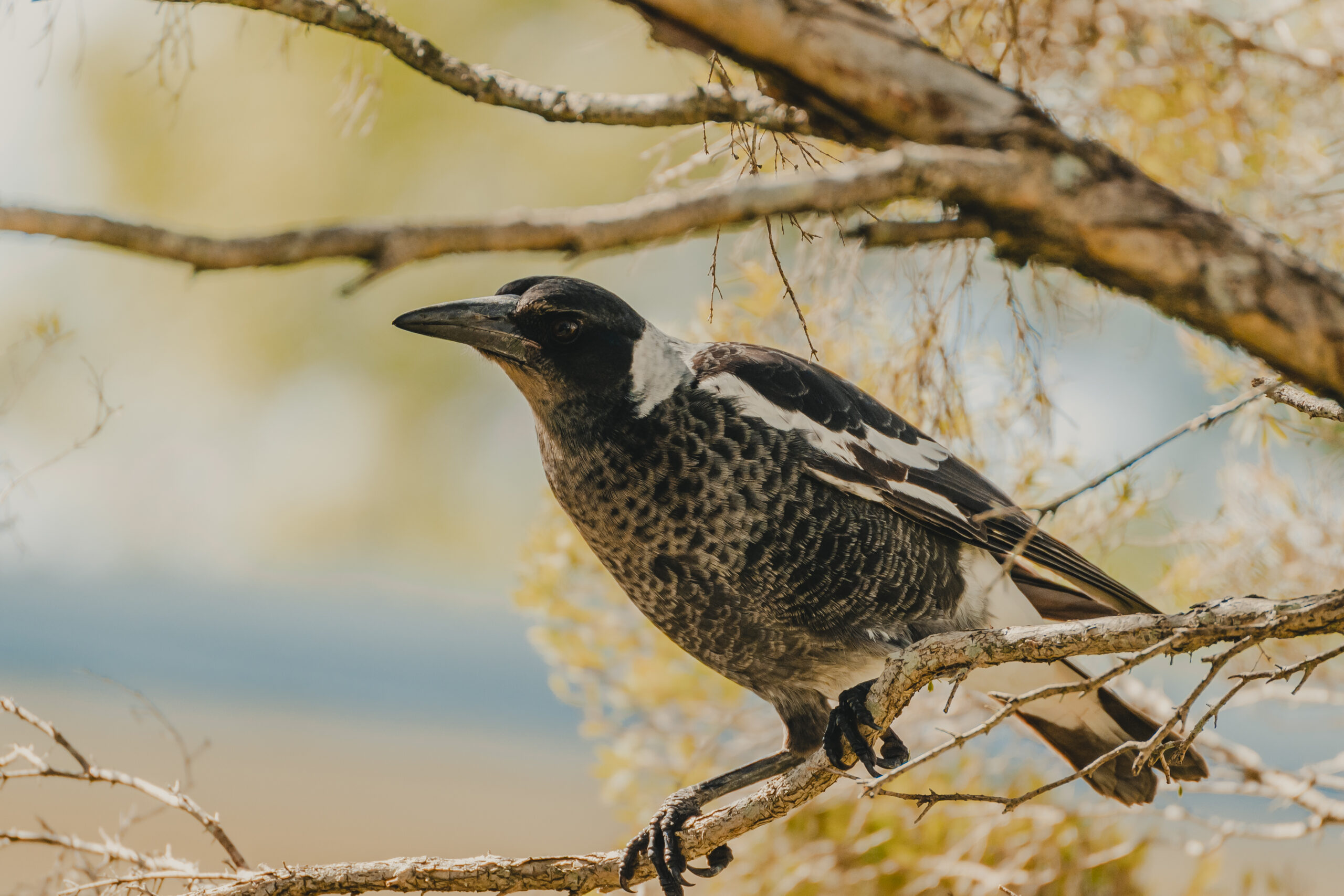Checking out the new features of the Nikon ZF 2.0 firmware, which features exciting stuff like being able to select auto iso through the dial, creative cloud access and bird detect autofocus.
Testing the Nikon Zf Firmware 2.0: Birds, Barbecue Shapes, and a Little Bit of Chaos
A couple of weeks ago, now May in the year of our algorithm, 2025, Nikon dropped a new firmware update for the Nikon Zf. But this wasn’t just any firmware. This was 2.0, the cheesymite. Not just a scatter of bug fixes, but an update with real, tangible features I actually cared about. Naturally, I took it out into the wild to see what it could do.
What followed was an experience not unlike the flavour rating on a box of Barbecue Shapes: a mix of frustration and triumph.


Auto ISO and Creative Picture Controls
One of the first new features I wanted to test was the ability to assign Auto ISO to the ISO dial. Finally. You just set the dial to ‘C’ and let the camera pick an ISO for you. “Honestly,” I thought, “this should’ve always been there.” It felt more like an apology than a feature. Still, it’s incredibly handy for changing light conditions, like shooting indoors with a backlight flaring behind you.
Next up, the “Creative Picture Controls” or “Cloud Image Recipes.” I began with a preset called Golden Dusk. It lends the shadows a deep red tint and mutes the greens, a look I liked, though my own edits usually take a more heavy-handed, HDR-style approach.
“My color correction has been described, charitably, as ‘forcibly drowned in cold tea’ by my own father,” I admitted. So I was keen to explore a few more recipes, Sun-Kissed Warmth, Honey, Fern; presets that sounded like they’d assault my images with cozy beverage energy.
Some worked better than others. For example, the Golden Dusk preset was a bit too red for one mountain scene on Tamborine Mountain. I preferred my own edit, which I felt had more balance, especially with the ultra-wide 14 to 30mm lens. Other times, the preset’s warmth didn’t quite match the scene, requiring some rebalancing in post.
Dynamic Range, Waterfalls, and Smartphone Doubts
In one high dynamic range scene featuring my boys, the out-of-camera JPEG was… fine. But editing brought it back to life. Handheld, one-second waterfall shots were impressively stabilized thanks to Nikon’s IBIS. The presets sometimes added pleasing grain and mood, but I often found myself cropping and tweaking for better impact.
At one point, I even questioned whether I needed the Zf at all, comparing shots from my iPhone 14 Pro. The RAW detail from the phone was surprisingly editable.
Golden Dusk made another appearance during sunset. Too yellow this time. My own edit brought back some natural grain and better balanced the tones.
Drone Shots and NX Studio Woes
I threw in some drone shots from Mount Tamborine, not related to the firmware, but worth sharing. Misty hills, golden sunset, the kind of shots that just work better from the sky. “Being up in the air,” I mused, “is a huge advantage. Ground cameras just can’t match that.”
Back in NX Studio, I tried creating my own custom profiles. Unfortunately, that meant navigating an interface that’s both clunky and laggy. “The most likely use case,” I concluded, “is to make presets only.” Uploading them to the camera involved jumping through too many hoops: slots, updates, refreshes, rechecks.
My test: take a shot using a custom profile, take a clean version, import both into Lightroom, and try to recreate the look using my own preset. It was fiddly, but I got close, especially focusing on green tones.
Birds: Fast, Furious, and Surprisingly Well Tracked
I hadn’t yet tested the bird tracking, which, let’s face it, is just a fancy way of locking focus on a weirdly shaped animal. So I headed to Hinze Dam. The only birds around? Swallows. Moving like bullets. So, a real hard mode test.
Using a 70 to 300mm lens with the Viltrox EZ adapter, I tried to keep up. The bird detection software worked surprisingly well. I got an autofocus box on them most of the time, even at high speeds. “I don’t know if it could do this before,” I said, “but it certainly can now.”
Most of the images were shot at high shutter speeds like 1/1250 or 1/1600, and while some motion blur remained, the camera held focus well. I even caught one swallow’s eyelashes. Cropped heavily on a 24MP sensor, but it was in focus.
Then a white-bellied sea eagle appeared, possibly trying to scare off the swallows. I got some decent shots, though I had to boost exposure quite a bit, which added some noise. The presets didn’t help here, some made the sky ridiculously blue, so I reverted to my own edits for balance.
Later, I composited several of the swallow shots together and accidentally documented a drone crashing into the ocean. Farewell, tiny flyer.
More Birds, More Wins
Feeling like I owed it to the Nikon bird-watching contingent, I went back out for more. This time I found actual, photographable birds.
A crow eye detection nailed it.
A magpie slightly off, but another shot landed the eye nicely, even in busy backgrounds.
A juvenile magpie, mid-screech sharp eye focus, lots of color editing room.
An ibis, or “bin chicken” surprisingly elegant, and the camera caught the eye mid-blink, creepy translucent eyelid and all. These looked unusually healthy, lacking the usual trash-can-pink faces.
Even an iron cockerel sculpture triggered eye detection. Now that’s commitment.
In blooming trees, possibly poinciana, even when birds turned their heads, the Zf often held focus. Though not perfect; thin branches and chaotic movement still caused the system to lose subjects.
A blue-faced honeyeater gave me a side-eye that felt… personal. It wasn’t in focus, but the photo made me laugh. “Don’t judge the camera,” I said. “If you can tell that’s a bird and you’re an AI inside a camera, you should probably run the world.”
Then came a truly tricky test; rainbow lorikeets among dense berries. Busy foreground, shifting subjects, ISO 1250. Still, the camera locked onto faces often enough to call it a win. I used some manual focus, but overall, it impressed me. It even nailed eye focus on mynah birds, non-native pests though they are.
Final Thoughts
Autofocus is better. Especially with adapted lenses. The bird detection is genuinely usable, even on fast flyers. Here’s what stood out for me:
- Auto ISO via the dial is something I’ll use constantly
- Creative Profiles are fun to play with, but I’ll mostly stick to RAW editing
- NX Studio is slow and clunky, but useful for one thing: uploading profiles
- Bird detection now handles high-speed, erratic subjects like swallows with surprising confidence
There’s more in the firmware update; settings and tweaks for folks with more patience for the nerd knobs for example, but these were the bits that mattered to me. Hopefully, you found that at least somewhat edutaining.
Catch you in the next one.


